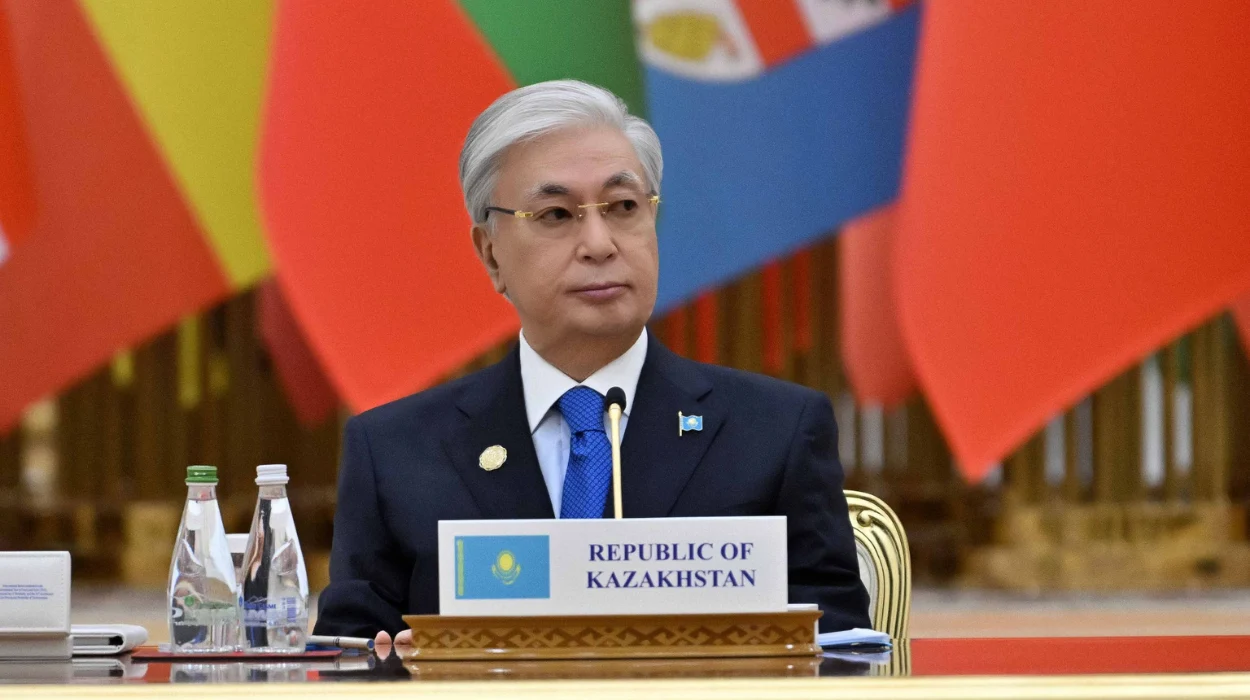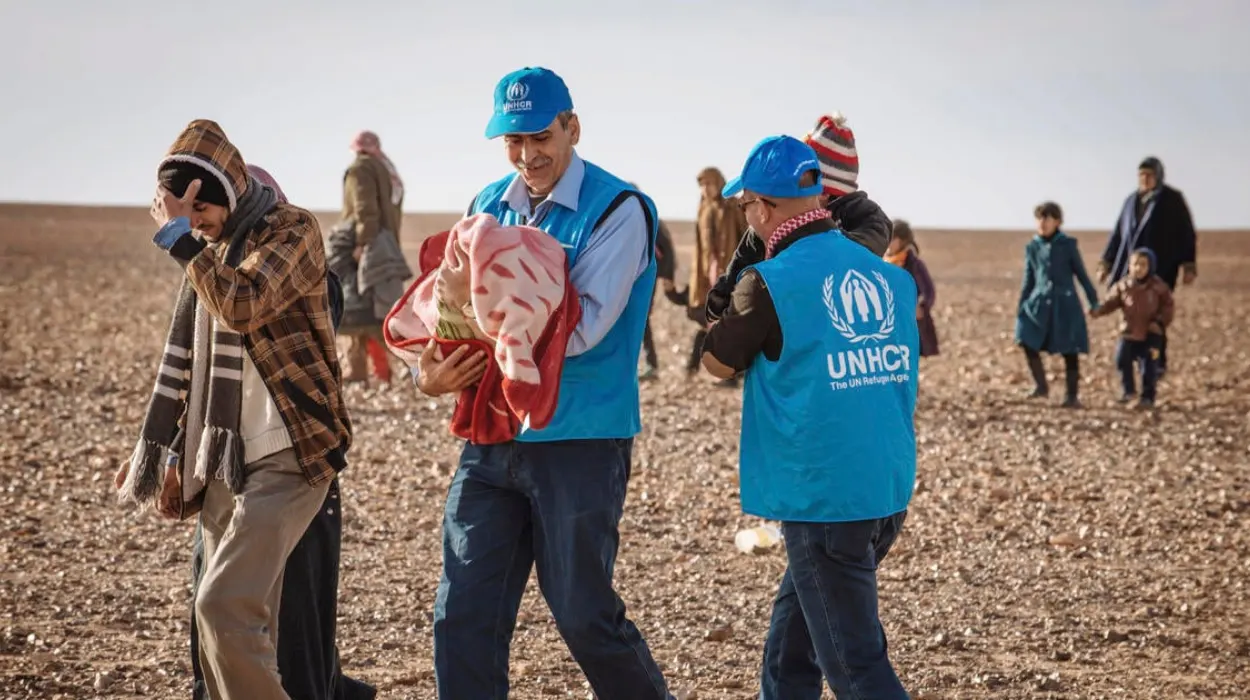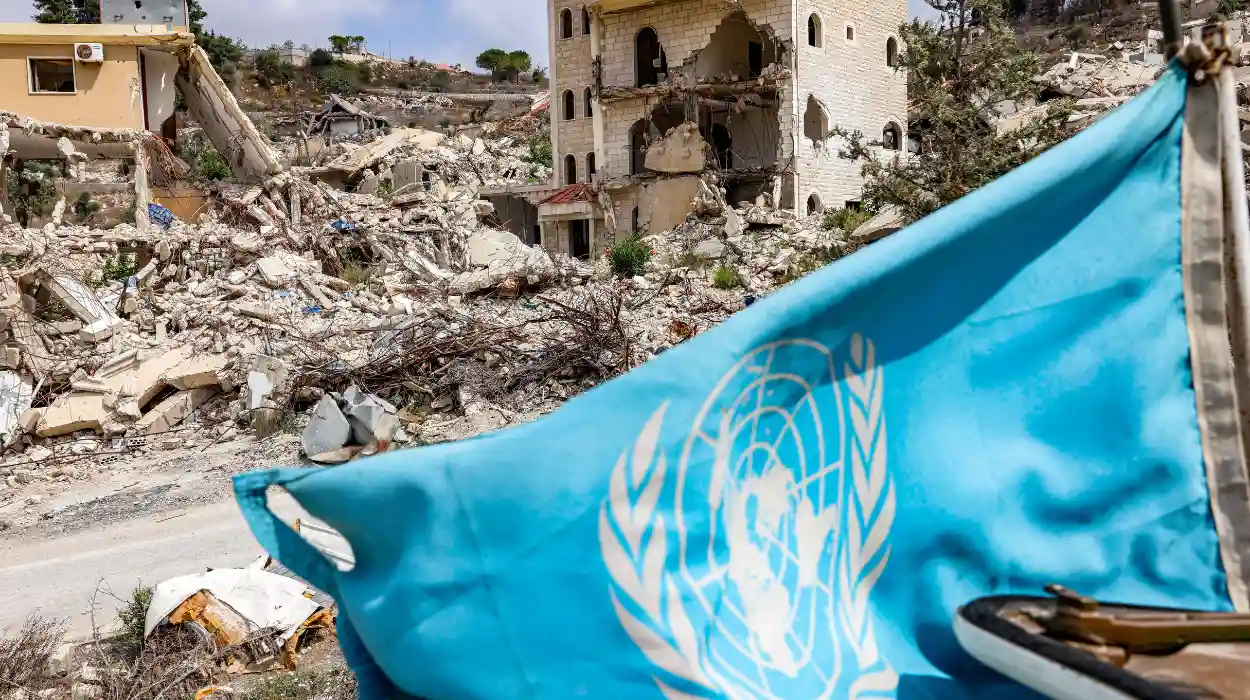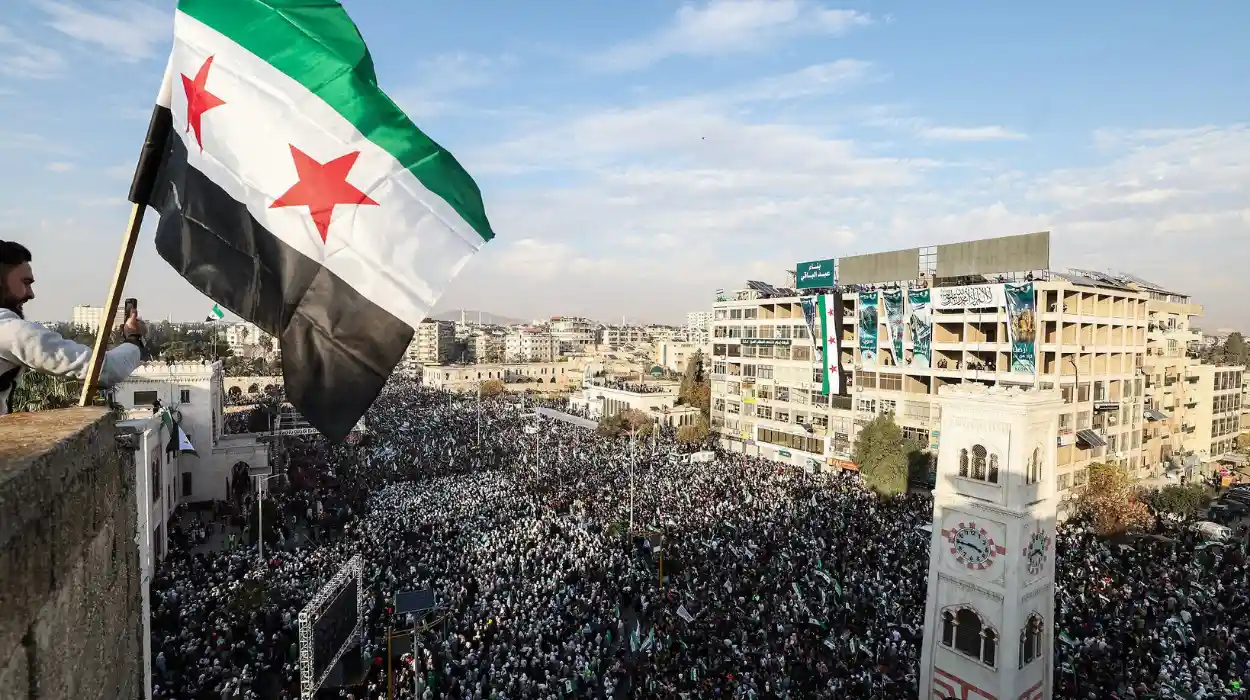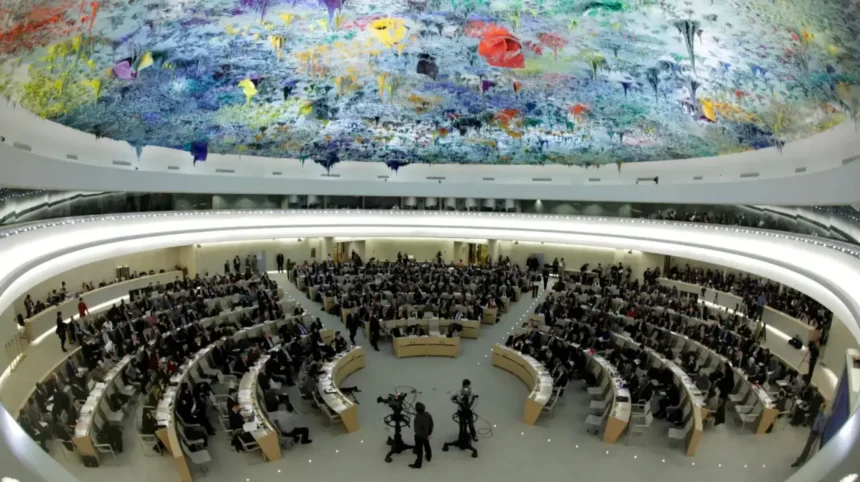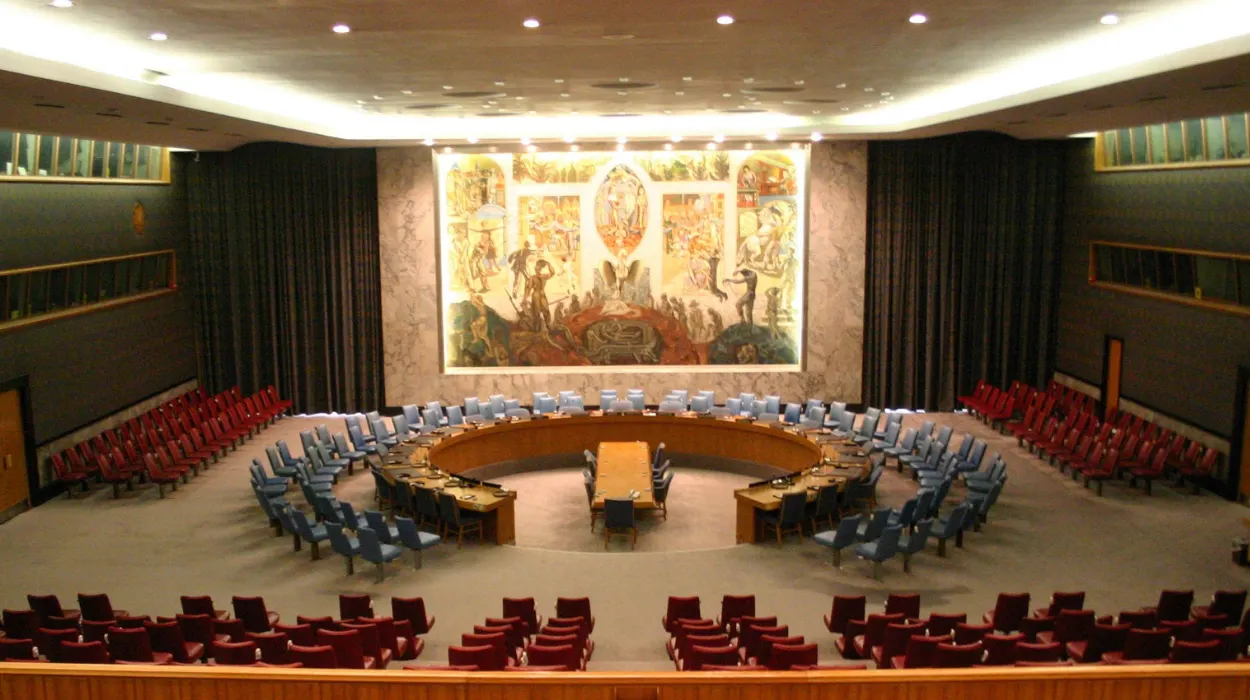The Human Rights Council uses a two-pronged structure to drive the protection of human rights in the international system by using both country mandate and thematic mandate in tackling the violations and in enriching the global norms. Country requirements examine particular states where gross abuses are involved and set up independent experts to examine, report violations and suggest actions. Thematic mandates are transnational and focus on investigating issues that are more broad in scope (like freedom of expression, enforced disappearances, racial discrimination, the human rights impact of climate technology) or on a broader range of issues (such as human rights violations and people of color, the human rights impact of sports, the human rights impact of security intelligence, transnational corporations).
This design reflects the effort of the Council to strike a balance between the direct accountability and long-term capacity building. The HRC can be an agenda-setter and a watchdog by combining specific monitoring with norm-formation at the global level. Nevertheless, the issue of the country mandates over and above thematic mandates providing more tangible outcomes is still a defining discussion on the effectiveness of the Council due to the escalation of geopolitical tensions in 2025.
Strategic Strengths And Vulnerabilities Of Country Mandates
Mandates by the countries give specificity and focus to specific crises. They highlight contraventions, create diplomatic pressure, and give independent reporting, which states cannot easily ignore. The renewed examination of the human rights abuses in Myanmar in 2025 as a result of the military coup is a demonstration of the ongoing applicability of country mandates. They have taken pictures, recorded institutional atrocities, and kept the authorities at bay despite the enforcement difficulties..
Political Resistance And Implementation Barriers
The validity of the investigations is often questioned by the states that are subjected to the country mandates and the Council is accused of politicization. Strong counterparts in the UN machinery may protect the states against additional punishments, restricting the scope of Council results. The continued vetoing in the Security Council on crises in Syria, and Gaza have strengthened this restriction especially the fact that country mandates usually serve as moral tools, but not as mechanisms.
Visibility vs Measurable Impact
The country requirements create the visibility and global dialogue, yet there is the challenge of making recommendations into practical change. Sanctions, diplomatic and humanitarian action can be encouraged by reports, but the situation on the ground is uneven where governments are unwilling to cooperate. Nevertheless, country mandates are key in ensuring that the chronic crises are kept in the international limelight in order to hold them accountable, as long as the accountability narratives persist despite political pressure.
Expanding Reach And Subtle Influence Of Thematic Mandates
Thematic mandates are concerns on structural human rights issues across borders. They explore liberties, discrimination, legal systems, and the new menaces such as the use of artificial intelligence and online surveillance. The thematic focus of the Council on AI ethics and its impact on human rights in 2025 points to the enlargement of the scope of the international system of human rights regulation.
Norm-Shaping Across Diverse Political Environments
Whereas country mandates may face direct opposition by states, thematic mandates may be viewed as progressing through consensus. This framework leads to interaction with the civil society, research institutes and regional institutions, development of guidance, which is voluntarily taken by the countries and incorporated into the national law. The effect of thematic mandates, however, is gradual, but it can be observed in the context of the development and introduction of human rights norms into the legal and policy environments.
Slower Progress But Deeper Long-Term Frameworks
Their slow rate of measurable change is the main complaint against thematic mandates. They do not often force states to stop abuses immediately but construct normative structures that will eventually have an effect on state actions. They can also last longer when the states internalize standards as opposed to reacting to external pressure thus their success. Critics warn though that thematic mandates until acted upon will be more of a technical exercise rather than a tool to protect what should be the urgent.
Geopolitical Forces Shaping Mandate Effectiveness In 2025
The success of the two types of mandates is strongly determined by the world politics. The gridlock on the Security Council in 2025 has posed challenges of enforcement paralysis leading to an increase in the pressure on the HRC to act as the main agent of human rights accountability. Diplomats have observed that the role of the council is the conscience mechanism in case the security council is paralysed; this has shown an increasing disparity between moral authority and enforcement ability.
Rising Influence Of Regional Coalitions
The new geopolitical blocks like BRICS and Shanghai Cooperation Organization are gradually making opposition to the country requirements, which they consider as politicized. Rather, numerous people propose to increase the thematic mandates based on the human rights development priorities. This change underscores a leftward-looking vision of human rights administration: that of collaborative models, rather than conflicting examination.
Navigating Legitimacy Concerns
The council has not been able to deal with issues of legitimacy where the member states suspected of violations are involved in the mandate debates. This process generates criticism of the selective responsibility and supports the ideas to enhance the universal thematic strategies at the expense of special instruments to deal with extreme crisis.
Integrating Mandates For Stronger Outcomes
In 2025, work is going to be done to get thematic and country mandates more coordinated to make the most of institutional capacity. Synergy is becoming a more common idea among human rights practitioners, where they insist that thematic expertise, i.e. on the effects of climate, discrimination or digital rights should be applied in country-specific research when applicable.
Emerging Coordination Practices
There are now mandate-holders who share research platforms and reporting structures, which allow them to make more extensive assessments and minimize duplication. Findings of the human rights connected to climate, such as the mandates of the countries to deal with vulnerable areas that are in conflict, which are aggravated by the lack of resources or displacement due to climate change.
Challenges In Mandate Harmonization
The follow-up mechanisms are still restricted by the voluntary participation by the states. The pressures related to fragmentation also exist when the political sensitivities affect the mandate renewals and scope modifications. However, the fact that the effort at integrating methodologies continues is indicative of a maturing institutionalism at the Council.
Assessing The Balance Between Immediacy And Durability In Human Rights Enforcement
The discussion between country mandates and thematic mandates is based on urgency and depth. The country mandates are used in crises where instantaneous violations must be exposed and diplomacy taken up, but which have limitations of enforcement through political cooperation. Thematic requirements move the world towards standards and cooperative solutions but in a slow way.
Enhancing the interaction is what may make the Human Rights Council as effective in the future as neither of the two mandates should be privileged over the other one. With the world power distribution undergoing a constant change, the problem facing the Council is the need to utilize both focused scrutiny and thematic norm-building in order to maintain credibility and influence. The ability of the institution to overhaul its mandate architecture to address multifaceted modern threats can define the future of the international human rights regulation. The changing environment necessitates the additional analysis of how the reform initiatives, requirement of innovation, and geopolitical bargaining will decide the ability of the Council to strengthen accountability and maintain dignity in various global settings.


